- Why Scientists Track Atmospheric Carbon With Giant Towers - October 7, 2025
- The Link Between Melting Ice and Rising Sea Levels Explained - October 6, 2025
- How Ocean Currents Help Regulate Global Climate - October 5, 2025
Plan Your Meals Like a Pro
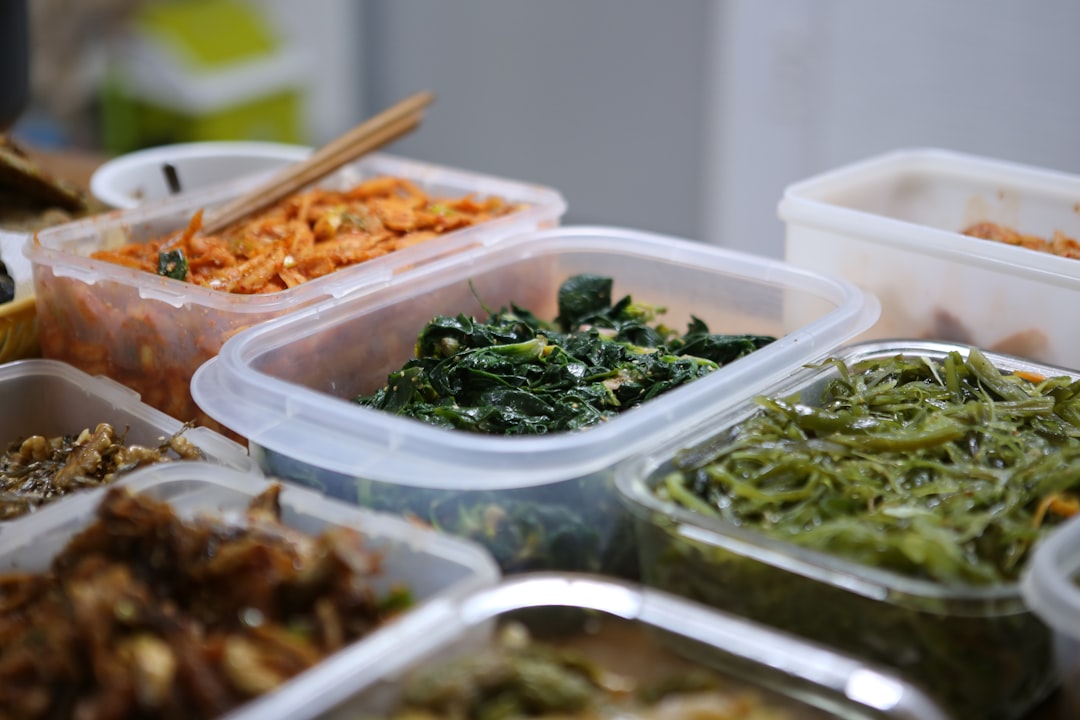
Did you know that a key reason for the occurrence of household food waste is poor meal planning, which is partly due to inappropriate discrete package sizes at supply level and lack of accounting for unused food at consumer level? When you wander around the supermarket without a clear plan, you inevitably buy too much of the wrong things. Planning of meals is one of the most effective ways you can reduce food waste and save on your food bills. Think about it – when you plan what you’ll cook three or four days in advance, you only buy exactly what you need for those recipes.
Before you step outside the door you should know what you already have and plan around this. There are a lot of really handy websites, apps and blogs that you can use to come up with ideas for different recipes based on what you have at home. The beauty of meal planning lies in its simplicity – a basic meal plan and shopping list can be put together in half an hour or less if you have a good idea of what you want to eat and what you already have at home.
Take Inventory Before You Shop

Walking to your fridge before heading to the store might sound obvious, but you’d be amazed how many people skip this crucial step. Taking inventory is a very important part of meal planning. Doing this first allows you to see what you already have in your home and then plan meals accordingly. Go through your freezer, pantry, and refrigerator methodically – you’ll often discover forgotten treasures lurking in the back.
Using these items in your upcoming week’s meals will save you money and decrease food waste. Taking an inventory before making your grocery list also helps you avoid buying things you don’t need. It’s like having a secret weapon against impulse purchases and duplicate items that eventually end up spoiling.
Master the Art of Proper Food Storage
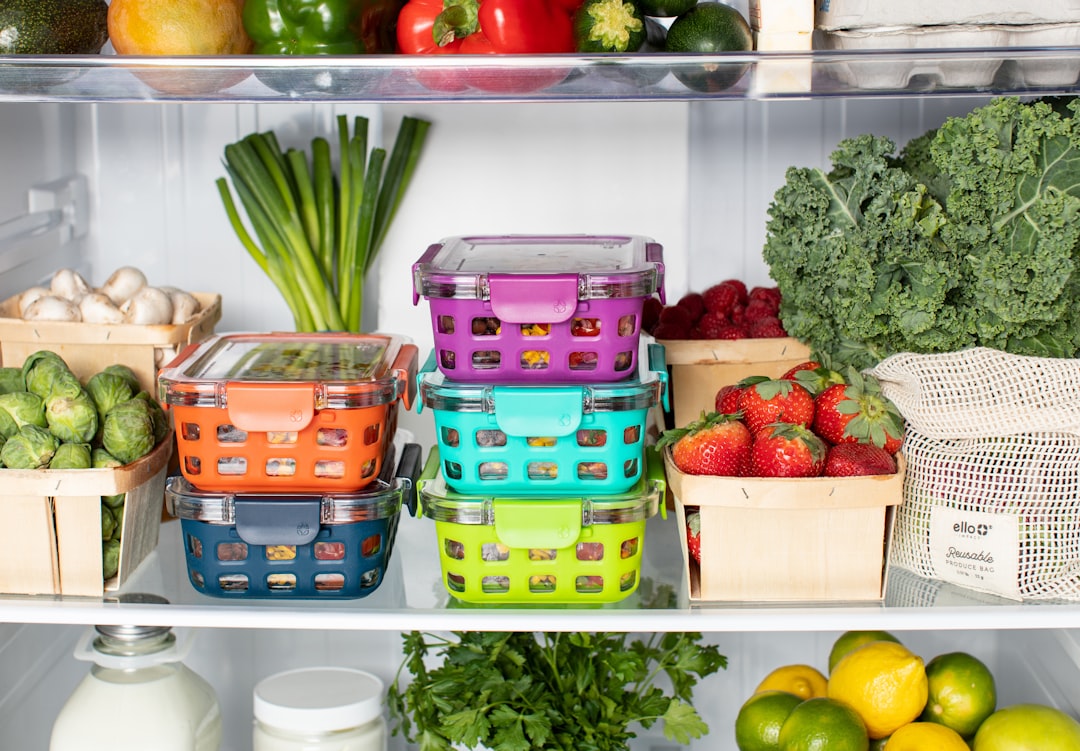
Temperature control isn’t just for fancy restaurants – it’s your first line of defense against food spoilage at home. Keep the refrigerator temperature at or below 40° F (4° C). The freezer temperature should be 0° F (-18° C). These numbers might seem technical, but they’re the difference between fresh food and moldy disasters. Fridges maintain a low temperature, which slows down the growth of bacteria that cause food spoilage and foodborne illnesses.
Different areas of your fridge work better for different foods. The lower shelves are the coldest part of the fridge and are usually between 0°C and 2°C. Store raw meats, poultry and fish in sealed containers to prevent drips and cross-contamination. Meanwhile, your dairy products belong in the middle sections where temperatures stay more consistent.
Understand Food Date Labels

Those dates stamped on food packages aren’t as scary as they seem once you crack the code. Use by dates – used for safety reasons and food should not be consumed after that date. Best before dates – used to describe quality and food should still be safe to consume after the date has passed. This distinction could save you from throwing away perfectly good food.
Many people panic when they see dates approaching, but understanding what they actually mean prevents unnecessary waste. The “best before” date is more about peak quality than safety – your yogurt might taste slightly different after this date, but it won’t necessarily harm you. However, always trust your senses and discard anything that looks, smells, or tastes off.
Create Strategic Shopping Lists

Your shopping list should be more than just random items scribbled on paper. Check your food cupboards, fridge and freezer and base meal plans around what foods you already have. Set out your meal plan so you’ll use up any foods about to ‘go off’ early in the week / before they become inedible or past their best. This approach ensures nothing gets forgotten and spoils.
Knowing how many people will be eating (and how much they are likely to eat) helps you to buy, prepare / cook and serve just the right amount of food. Estimate or consult a recipe to find out and write down the quantities you’ll need to buy on your shopping list – this helps you to avoid under or overbuying once you are in the shop. It’s like having a personalized portion control system that prevents overbuying.
Use Airtight Containers Effectively
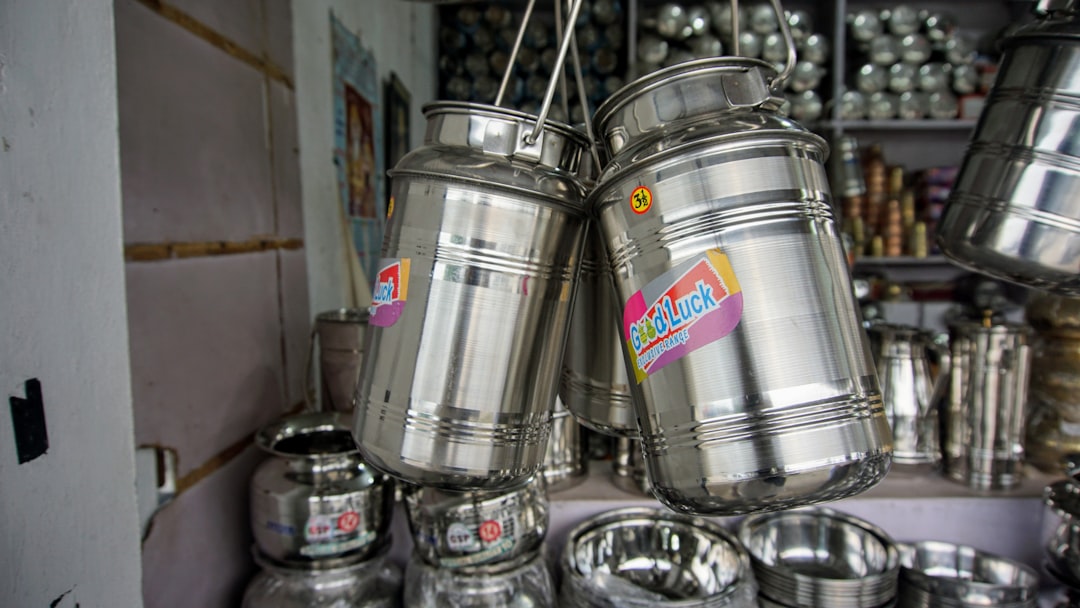
Airtight containers prevent spoilage from microbial activity, oxidation and moisture loss and can extend the shelf life of food. Think of these containers as your food’s armor against the elements that cause decay. Transferring cereals, crackers, and dry goods from their original packaging into sealed containers can dramatically extend their lifespan.
Use airtight containers to protect against pests and moisture. Make sure to rotate stock, placing older items at the front so they get used first. This rotation system, borrowed from commercial kitchens, ensures you’re always using older items first and prevents anything from getting lost in the back of your pantry until it’s too late.
Organize Your Refrigerator Strategically
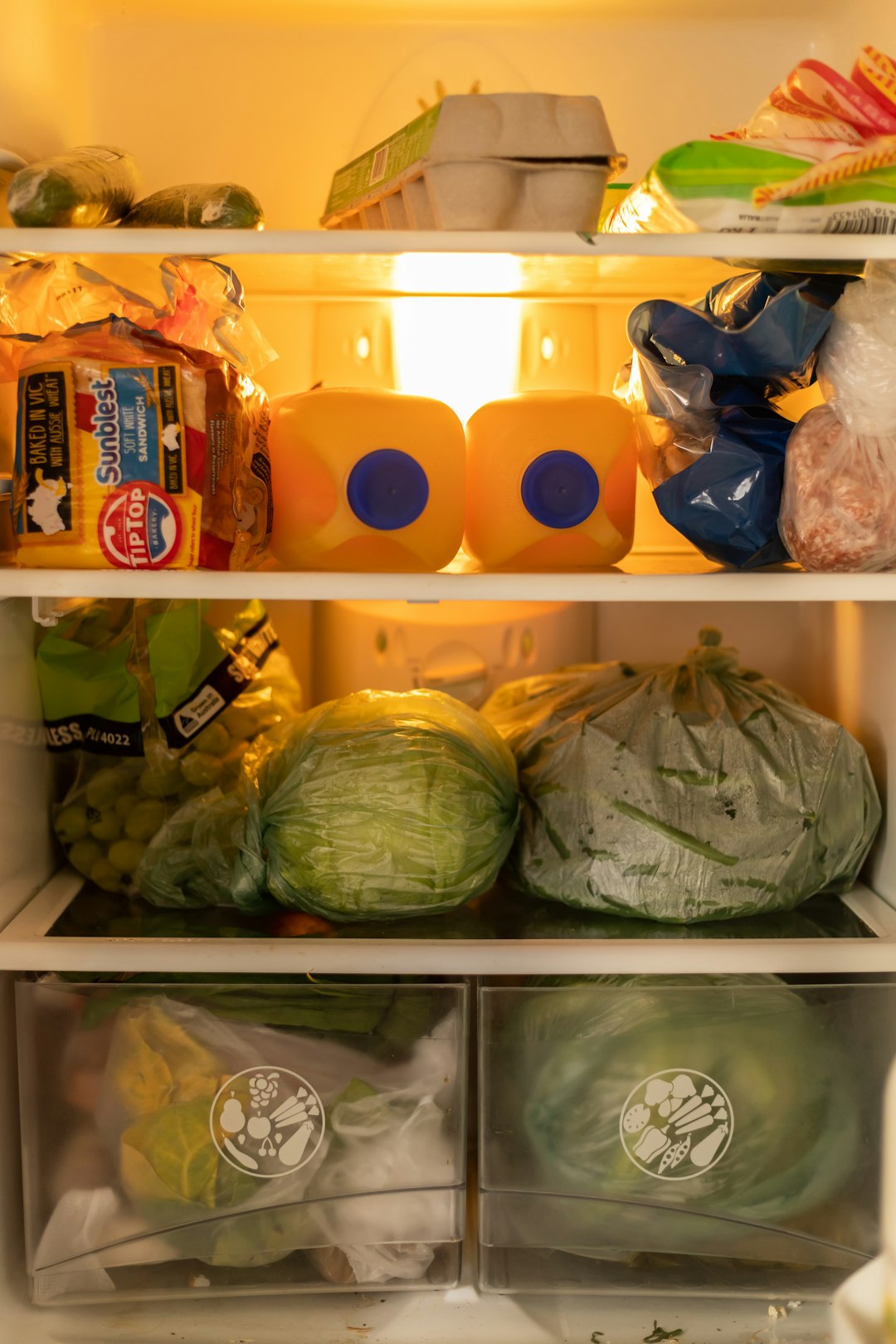
Your refrigerator isn’t just a cold box – it’s a carefully engineered food preservation system if you use it right. Different parts of the refrigerator have varying temperatures. The back and bottom of the fridge typically have the lowest temperature and the top of the fridge and the door have the highest temperature. It is, therefore, necessary to organise food accordingly. The door, despite its convenient compartments, experiences the most temperature fluctuation.
Store eggs in their carton in the refrigerator itself rather than on the door, where the temperature is warmer. This simple change can extend egg freshness significantly. Store refrigerated foods in covered containers or sealed storage bags, and check leftovers daily for spoilage. Daily checks might seem excessive, but they prevent small problems from becoming expensive waste.
Master the Two-Hour Rule
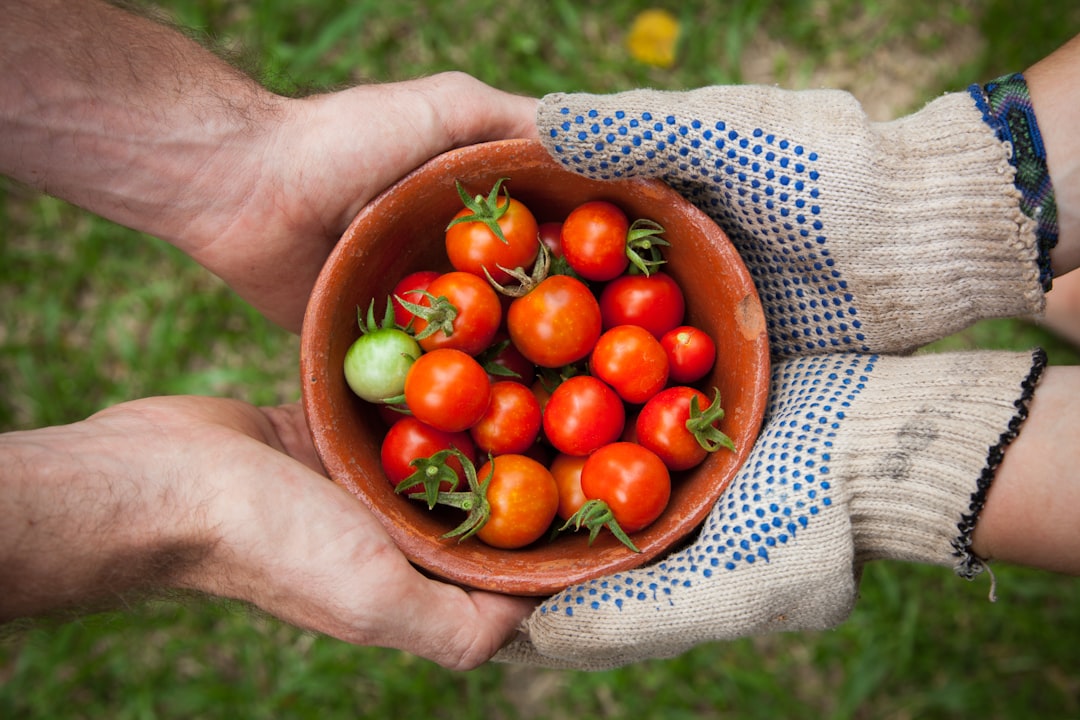
Time and temperature work together as silent food waste culprits. Stick to the “two-hour rule” for leaving items needing refrigeration out at room temperature. Never allow meat, poultry, seafood, eggs, or produce or other foods that require refrigeration to sit at room temperature for more than two hours—one hour if the air temperature is above 90° F. This rule applies to everything from lunch leftovers to grocery shopping trips.
Think about how this applies to your daily routine – that sandwich you left on the counter during a busy afternoon, or groceries sitting in your car while you run another errand. Always refrigerate perishable food within 2 hours (1 hour when the temperature is above 90 °F). These time limits aren’t suggestions – they’re based on how quickly harmful bacteria multiply at room temperature.
Transform Leftovers into New Meals

Leftovers don’t have to be boring reheats of yesterday’s dinner. This resolution prioritizes getting creative with the leftovers that are piling up in your fridge. While you plan ahead, remember to incorporate your excess food. If all of the leftovers aren’t enough to be a full meal by themselves, find ways to combine and conquer. Think about making a new kind of soup or stir fry, and maybe even plan a day each week where you prioritize reducing waste by getting creative in the kitchen.
Plan to use leftovers by thinking about larger recipes with enough servings for multiple meals. This can reduce the number of ingredients you need to buy and cooking time. Sunday’s roasted chicken becomes Monday’s chicken salad, Tuesday’s soup stock, and Wednesday’s stir-fry protein. It’s like getting multiple meals from one cooking session.
Learn to Read Food Spoilage Signs
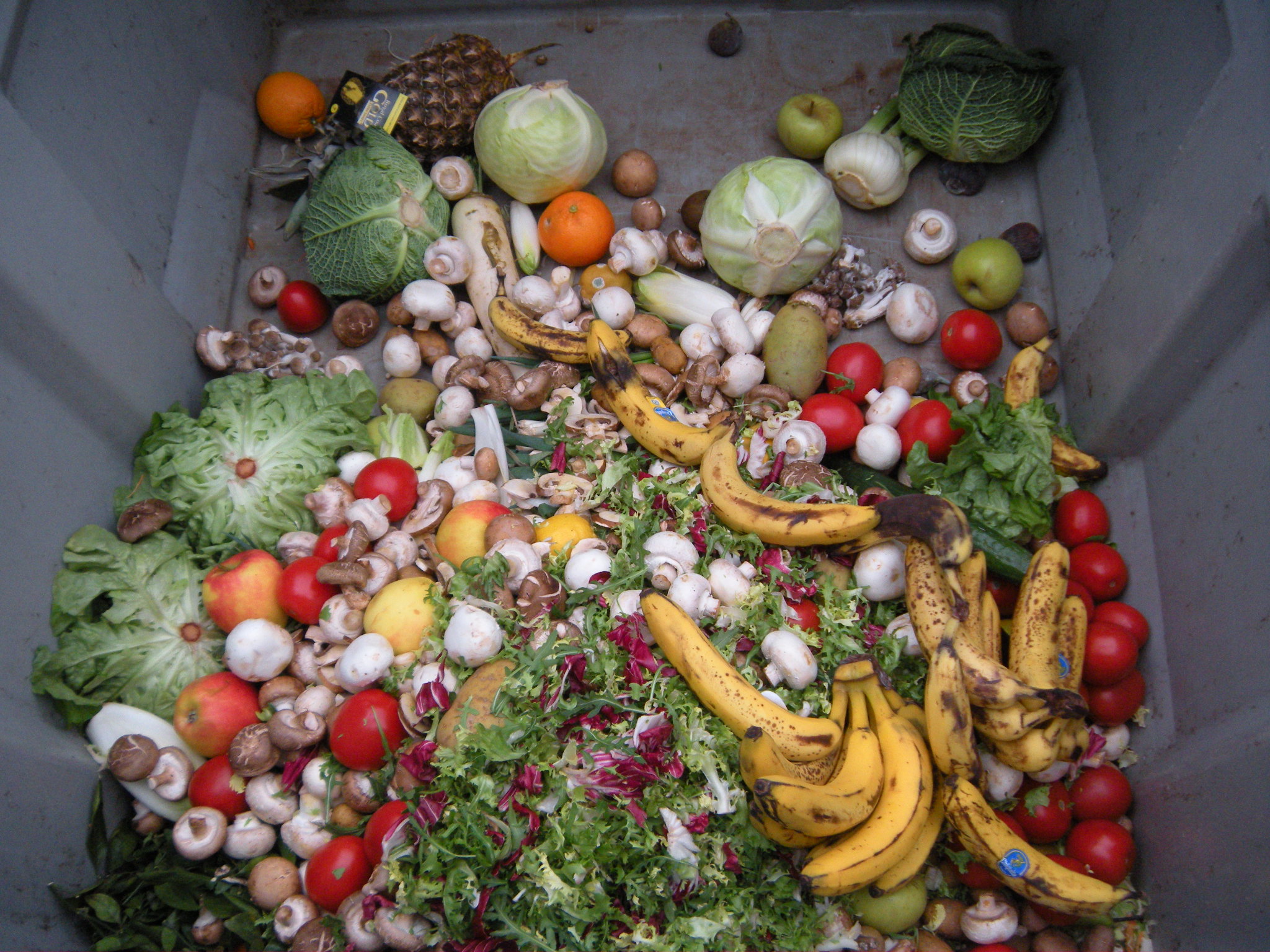
Your senses are powerful tools for preventing food waste – trust them. Be alert for spoiled food. Anything that looks or smells suspicious should be thrown out. However, be aware that food can make you very sick even when it doesn’t look, smell, or taste spoiled. This is why proper storage and the two-hour rule remain so important.
Signs of spoilage that make food unpalatable but not a bacterial hazard are the rancid odor and flavor of fats caused by oxidation, slime on the surface of meat, and the fermentation of fruit juices due to yeast growth. Off-odors in foods and a sour taste in bland foods can indicate dangerous bacterial spoilage. Learning to distinguish between these different types of spoilage helps you make informed decisions about what to keep and what to toss.
Separate Raw and Cooked Foods
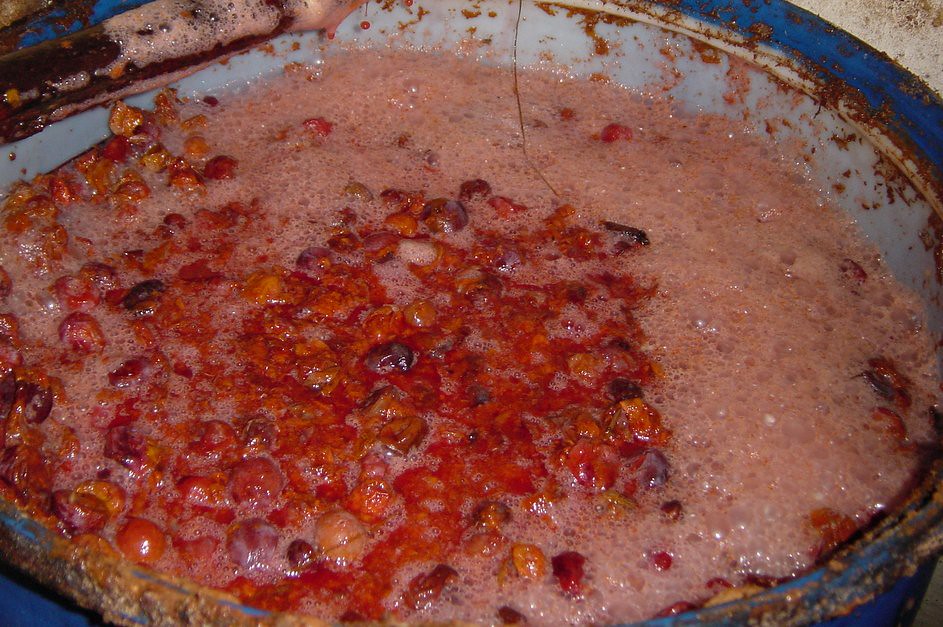
Cross-contamination might sound like a fancy cooking term, but it’s a major cause of both food waste and foodborne illness. Cross-contamination, like storing raw meat above fresh vegetables, can spread harmful bacteria. When raw meat juices drip onto ready-to-eat foods, you’ll have to throw away everything that got contaminated.
Keep raw meat, poultry, fish, and their juices away from other food. After cutting raw meats, wash cutting board, knife, and counter tops with hot, soapy water. Think of raw meat as having an invisible contamination zone around it – anything it touches directly or indirectly needs to be cleaned or potentially discarded. Using separate cutting boards for raw meats and other foods is a simple prevention strategy.
Store Produce for Maximum Freshness

Fruits and vegetables have their own storage personalities, and understanding them prevents premature spoilage. Store produce in the refrigerator’s crisper drawers to maintain proper humidity levels. Keep ethylene-producing fruits, like apples and bananas, away from other vegetables to prevent premature ripening. Wash and dry leafy greens thoroughly before storing them in perforated bags in the fridge to prevent bacterial growth.
Some fruits and vegetables are social – they do better stored together. Others prefer solitude. Potatoes and onions, for instance, should be stored separately despite often being sold together. Bananas can turn your entire fruit bowl into an overripe mess if you’re not careful about placement. Learning these storage relationships is like understanding food friendships.
Embrace Freezer Storage
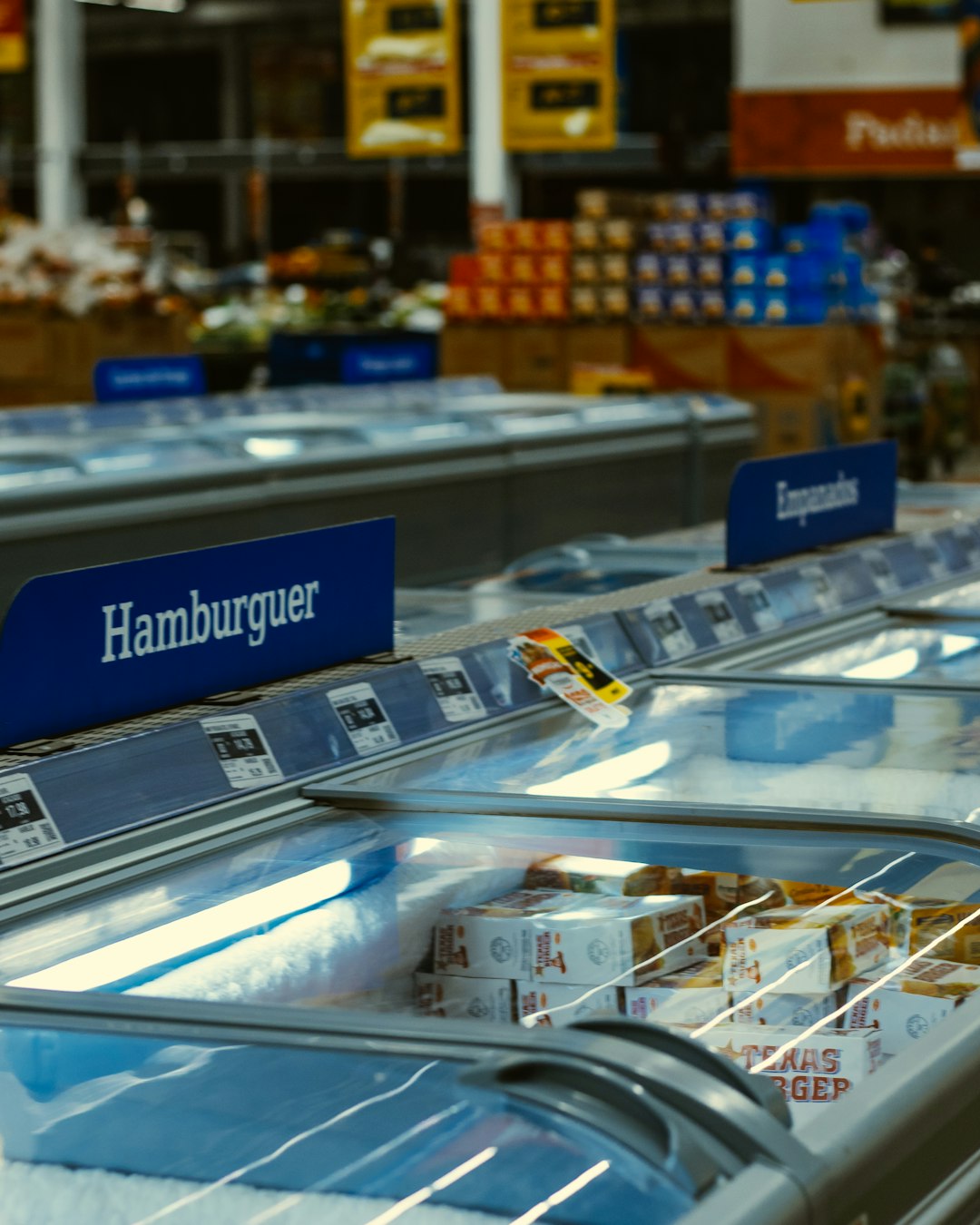
Your freezer is like a pause button for food freshness, but only if you use it strategically. Properly store fresh produce to make it last, and use your freezer to press the pause button and make food last even longer. Many people underutilize their freezers, missing opportunities to save food that’s approaching its expiration date.
Reduce food waste by properly storing perishable items, such as fruits and vegetables, to extend their freshness. Freeze any excess produce or leftovers that you won’t be able to consume before they spoil. Utilizing food preservation techniques like canning or pickling can also help you make the most out of seasonal produce and prevent it from going to waste. Think of freezing as meal prep for your future self – that extra soup you made today becomes a convenient dinner option next month.
Regular Maintenance and Cleaning
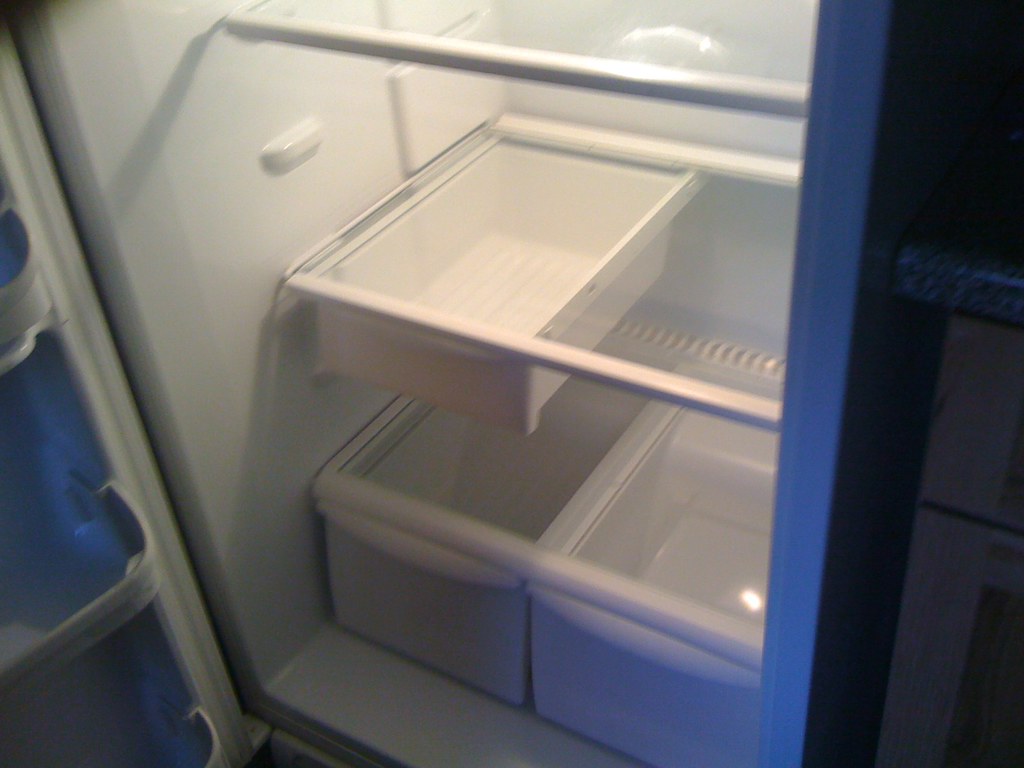
Clean the refrigerator regularly and wipe spills immediately. This helps reduce the growth of Listeria bacteria and prevents drips from thawing meat that can allow bacteria from one food to spread to another. A clean refrigerator isn’t just about aesthetics – it’s about creating an environment where food stays fresh longer.
Clean the fridge out frequently. Set a weekly schedule to check expiration dates and remove anything that’s past its prime. Think of it as maintenance for your food investment – just like you wouldn’t ignore car maintenance, your food storage system needs regular attention to perform at its best.
The staggering reality is that households across all continents wasted over 1 billion meals a day in 2022, while 783 million people were affected by hunger and a third of humanity faced food insecurity. Yet the good news is that countries such as Japan and the UK show that change at scale is possible, with reductions of 31 per cent and 18 per cent respectively. By implementing these practices, you’re not just saving money – you’re becoming part of a global solution to one of our most pressing environmental challenges. Every meal saved is a small victory in a much larger battle against waste.
